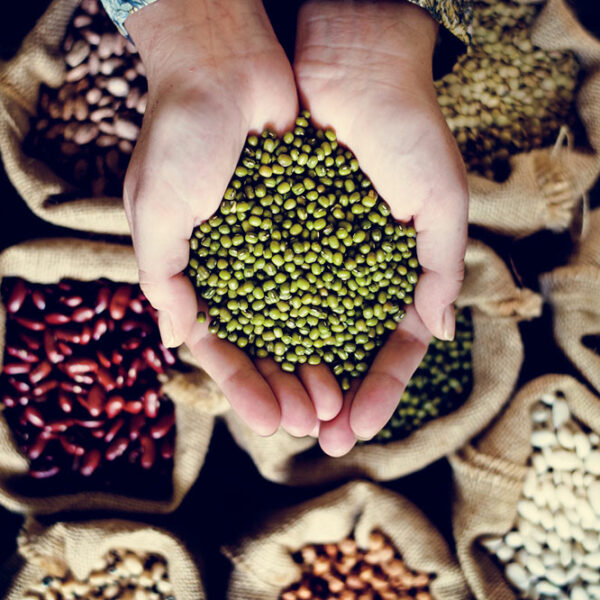
5 stages of bladder cancer and their treatment options
The bladder, a hollow organ in the lower region of the abdomen, is designed to store urine produced by the kidneys. Bladder cancer refers to the growth of malignant cells in and around the surrounding tissue of the organ. The condition is progressive, and there are several stages to its development. To find out the exact stage of bladder cancer, a CT (Computed Tomography) scan, MRI (Magnetic Resource Imaging) scan, PET (Positron Emission Tomography) scan, Chest X-ray, or bone scan is done. These tests help ascertain the spread of the cancer cells through the lymph nodes, body tissue, or circulatory system. Bladder cancer can be classified into the following stages. Stage 0 Stage 0 is further divided into noninvasive papillary carcinoma and carcinoma in situ. Noninvasive papillary carcinoma features long, thin growths on the lining of the bladder wall. On the other hand, carcinoma in situ are tumorous growths on the tissue inside. Often for stage 0, specialists may perform a transurethral resection (TURBT) followed by intravesical therapy. However, in some cases, a partial cystectomy is also performed. Stage I The cancerous tissue previously affecting the lining of the bladder spreads to connective tissue in stage 1. At this stage, the cancer is still not invasive but can quickly move along the connective tissue, attacking the healthy cells nearby.
